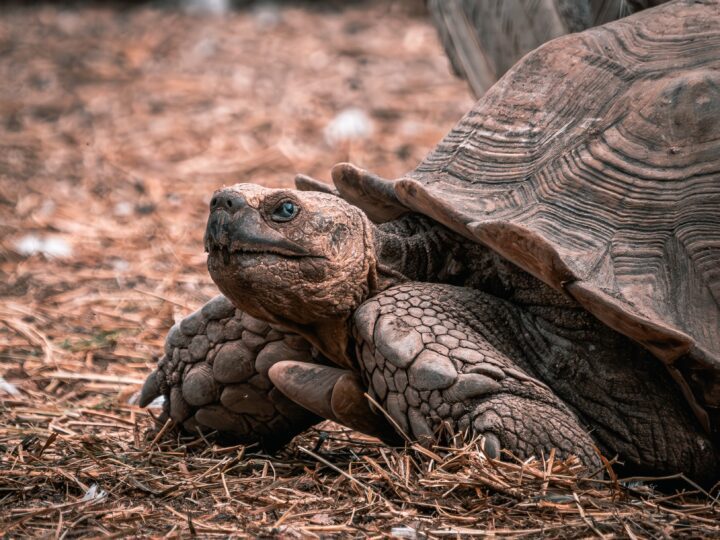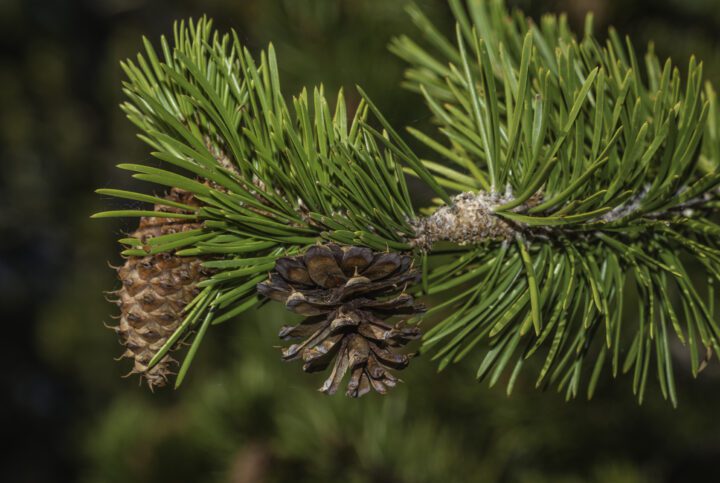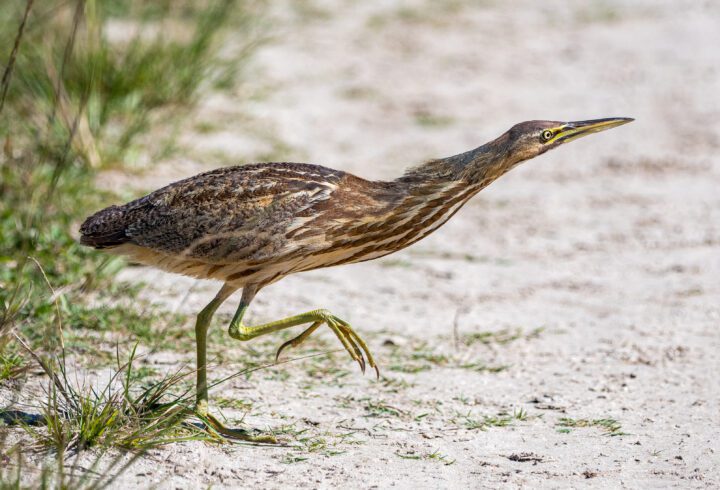Optimize Shape/Materials
Resources are limited and the simple act of retaining them requires resources, especially energy. Living systems must constantly balance the value of resources obtained with the costs of resources expended; failure to do so can result in death or prevent reproduction. Living systems therefore optimize, rather than maximize, resource use. Optimizing shape ultimately optimizes materials and energy. An example of such optimization can be seen in the dolphin’s body shape. It’s streamlined to reduce drag in the water due to an optimal ratio of length to diameter, as well as features on its surface that lie flat, reducing turbulence.
Modify Size/Shape/Mass/Volume
Many living systems alter their physical properties, such as size, shape, mass, or volume. These modifications occur in response to the living system’s needs and/or changing environmental conditions. For example, they may do this to move more efficiently, escape predators, recover from damage, or for many other reasons. These modifications require appropriate response rates and levels. Modifying any of these properties requires materials to enable such changes, cues to make the changes, and mechanisms to control them. An example is the porcupine fish, which protects itself from predators by taking sips of water or air to inflate its body and to erect spines embedded in its skin.
Physically Break Down Living Materials
Living materials are those that are part of living systems (whether currently or formerly alive). For example, a fallen log, although dead, is considered a living material. Breaking down or breaking up living materials is important for living systems that feed on them, as well as in facilitating the decomposition of organic matter. Breakdown increases the material’s surface area exposed to moisture, fungi, bacteria, and other living systems, many of which use enzymes and other chemicals to further break it down. But living materials can be difficult to break down because, for their own survival, their composition must provide support and protection. Therefore, living systems require mechanical means (such as grinding, tearing, or chewing) to manipulate these materials, as well as strong materials that can overcome resistance. For example, small beetles that chew through wood have large, strong jaws that enable them to cut through this tough material.
Physically Assemble Structure
Living systems use physical materials to create structures to serve as protection, insulation, and other purposes. These structures can be internal (within or attached to the system itself), such as cell membranes, shells, and fur. They can also be external (detached), such as nests, burrows, cocoons, or webs. Because physical materials are limited and the energy required to gather and create new structures is costly, living systems must use both conservatively. Therefore, they optimize the structures’ size, weight, and density. For example, weaver birds use two types of vegetation to create their nests: strong, a few stiff fibers and numerous thin fibers. Combined, they make a strong, yet flexible, nest. An example of an internal structure is a bird’s bone. The bone is comprised of a mineral matrix assembled to create strong cross-supports and a tubular outer surface filled with air to minimize weight.
Manage Mechanical Wear
A living system is subject to mechanical wear when two parts rub against each other or when the living system comes in contact with abrasive components in its environment, such as sand or coral. Some abrasive components are a constant force, such as finger joints moving, while others occur infrequently, such as a sand storm moving across a desert. Living systems protect from mechanical wear using strategies appropriate to the level and frequency of the source, such as having abrasion-resistant surfaces, replaceable parts, or lubricants. For example, human joints like shoulders and knees move against each other all day, every day. To protect from mechanical wear, a lubricant reduces friction between the cartilage and the joint.





